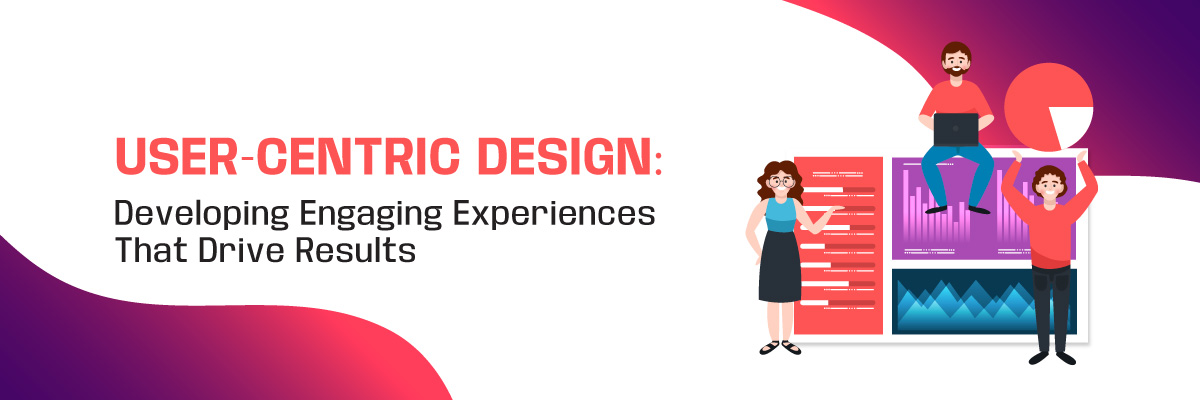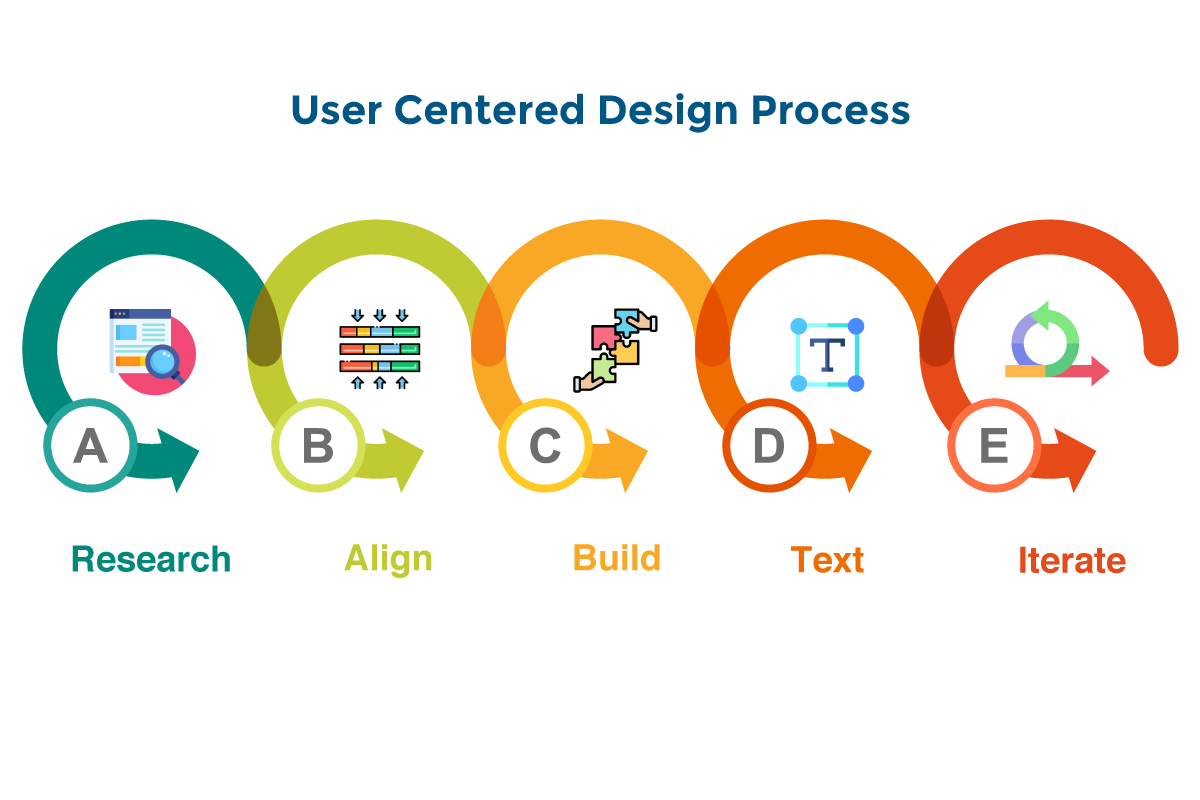
In today’s competitive digital landscape, user experience (UX) is crucial. People have high expectations for the interactions they have with websites, apps, and digital products. Here’s where user-centric design comes into play.
This approach prioritizes the needs, wants, and behaviors of users throughout the entire design process. It’s about crafting experiences that are not only aesthetically pleasing but also intuitive, functional, and ultimately, drive results.
Why User-Centric Design Matters:
There’s a compelling reason why businesses should embrace user-centric design principles:
- Enhanced User Satisfaction: When users find a website or app easy and enjoyable to use, they’re more likely to be satisfied and have a positive brand perception.
- Increased User Engagement: Well-designed experiences keep users engaged, encouraging them to explore, interact, and ultimately convert into paying customers or loyal users.
- Improved Brand Reputation: Positive user experiences contribute to a strong brand reputation, fostering trust and loyalty.
- Reduced Development Costs: By focusing on user needs from the outset, you can avoid costly redesigns and development iterations later in the process.
- Data-Driven Decision Making: User-centric design relies on user research and data, providing valuable insights to inform future product development and marketing strategies.
The User-Centric Design Process:

User-centric design is not a one-time event; it’s an iterative process that involves understanding, researching, designing, testing, and refining. Here’s a breakdown of the process::
- Understand: This initial stage involves stepping into the user’s shoes. Conduct user research, gather data through surveys, interviews, and usability testing to understand their needs, pain points, and goals.
- Define: Analyze the gathered data to define user personas and identify key user needs.
- Ideate: Based on user insights, brainstorm creative solutions and develop prototypes that address user needs.
- Prototype: Create low-fidelity or high-fidelity prototypes for usability testing. These prototypes can range from basic wireframes to more interactive models.
- Test: Put your prototypes in front of real users and observe their interactions. Gather feedback to identify usability issues and opportunities for improvement.
- Iterate: Refine your design based on user feedback. This iterative process continues until you have a user-friendly and effective solution.
Essential Elements of User-Centric Design:
Several key elements contribute to a successful user-centric design:
- User-Friendly Interface (UI): The user interface, including navigation, layout, and visual elements, should be intuitive and easy to navigate.
- Usability Testing: Regularly testing your product with real users is crucial to identify and address any usability issues that may hinder user experience.
- Accessibility: Ensure that your design is accessible to all users, including those with disabilities. This can involve features like screen reader compatibility, clear contrasting colors, and intuitive keyboard navigation.
- Content Strategy: High-quality, informative, and engaging content is essential. Content should be tailored to user needs and support their journey within the product.
Benefits of User-Centric Design for Businesses:

By prioritizing user needs through user-centric design, businesses can unlock numerous benefits:
- Increased Customer Loyalty: Positive user experiences lead to customer loyalty and repeat business.
- Enhanced Brand Reputation: Positive user feedback builds trust and strengthens your brand reputation.
- Improved Conversion Rates: User-friendly experiences lead to a higher likelihood of users taking desired actions, such as making purchases or signing up for services.
- Reduced Development Costs: Identifying and addressing user needs upfront reduces the need for costly redesigns later in the development process.
- Data-Driven Innovation: User research provides valuable data to inform future product development and marketing strategies.
Conclusion: Investing in User Experience
In today’s digital world, user experience is a critical differentiator. By investing in user-centric design, businesses can create engaging experiences that drive results, foster user loyalty, and ultimately achieve long-term success.
Partner with Rakumura IT Solutions:
Rakumura IT Solutions understands the importance of user-centric design. Our team of experienced designers and developers create user-friendly and visually appealing products that prioritize the needs of your target audience.
Contact us today to learn more about how Rakumura IT Solutions can help you create user experiences that drive results!

